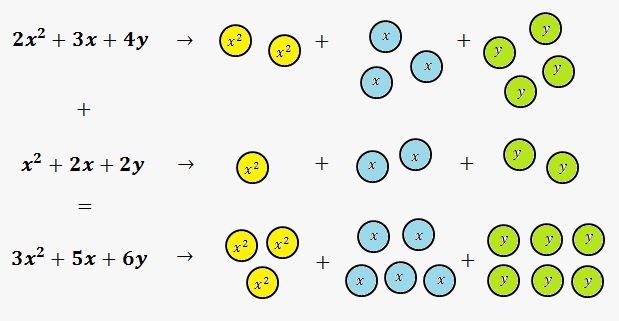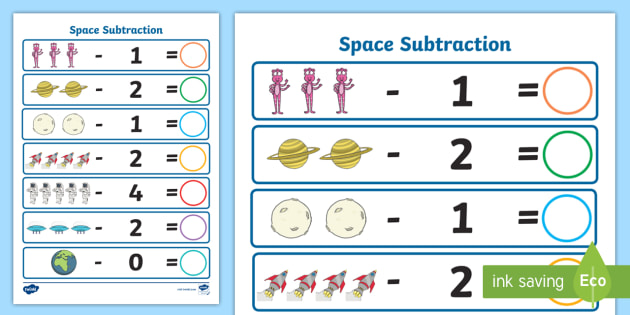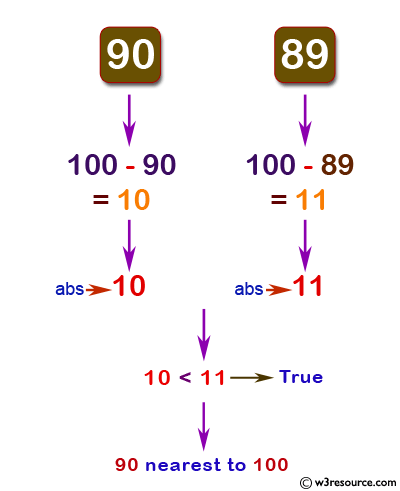

In a bar graph, bars of uniform width can be drawn both vertically as well as horizontally.In a bar graph, the width of bars may not be equal.Percentages are used to show how much of the whole each category occupies.Įxample1: State whether the given statements are true or false. The pie chart shows the relative size of each data set in proportion to the entire data set. It shows how a whole is divided into different parts. The pie chart is also known as a circle graph. The height or length of each bar relates directly to its value.Ī line graph uses dots connected by lines to show the changes over a period of time.

Bar graphs can be either horizontal or vertical. The gap between one bar and another is uniform throughout. So, according to the graph, 12 bats (4 + 4 + 4) were sold on Tuesday.Ī bar graph is the representation of numerical data by rectangles (or bars) of equal width and varying height. In this pictograph, 1 picture of the cricket bat represents 4 cricket bats. For example, you can use a picture of a cricket bat to display how many cricket bats are sold by a shop during a certain week. A certain number of items is represented by each picture. The representation of the information through pictures is called pictograph. The height of the bar, the more is the number of the supply or items used.

The number of each of the supplies is represented with bars. We can also represent the data using a bar graph. We begin by counting each supply and representing the data in particular colors in a systematic order in a table. Here, for instance, we can represent the data given below, the type and number of school supplies used by students in a class, on a graph. The points on the graph often represent the relationship between two or more things. In math, a graph can be defined as a pictorial representation or a diagram that represents data or values in an organized manner.


 0 kommentar(er)
0 kommentar(er)
